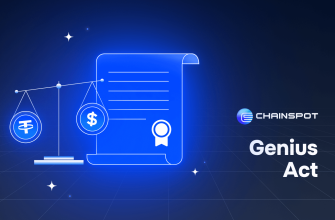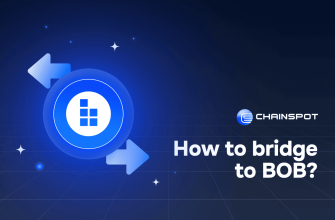Blockchain technology has revolutionized the way digital transactions are carried out by offering a decentralized and secure method of validating transactions. Two primary consensus mechanisms used in blockchain networks are Proof-of-Work (PoW) and Proof-of-Stake (PoS). Both systems serve to achieve agreement among distributed parties on the state of the blockchain, but they do so in fundamentally different ways.
This article delves into the mechanics of PoW and PoS, explores various types of PoS, and discusses their applications.
Proof-of-Work (PoW)
Proof-of-Work is the original consensus mechanism used by Bitcoin, introduced by Satoshi Nakamoto in 2008. In PoW, miners compete to solve complex mathematical puzzles. The first miner to solve the puzzle gets the right to add a new block to the blockchain and is rewarded with cryptocurrency.
Mechanically, miners use computational power to solve cryptographic puzzles. The difficulty of these puzzles adjusts over time to ensure that blocks are added at a consistent rate. Once a miner solves the puzzle, they broadcast the solution to the network. Other nodes verify the solution’s correctness. Miners are incentivized through block rewards and transaction fees, compensating for their computational and energy expenses.
Proof-of-Work has several advantages. It offers high security due to the computational difficulty of the puzzles and has a proven track record with Bitcoin’s success. However, it also has significant disadvantages, such as being energy-intensive, leading to environmental concerns, and having a high barrier to entry due to the need for specialized hardware.
Proof-of-Stake (PoS)
Proof-of-Stake is an alternative consensus mechanism designed to address the inefficiencies of PoW. In PoS, validators are chosen to create new blocks based on the number of coins they hold and are willing to “stake” as collateral.
In terms of mechanics, validators are chosen to propose and validate new blocks based on their stake and other criteria such as coin age or random selection. The selected validator creates a new block and broadcasts it to the network. Validators earn transaction fees and potentially a portion of the block rewards, depending on the network’s design.
Proof-of-Stake has its own set of advantages and disadvantages. It is energy-efficient, as it does not require solving complex puzzles, and has lower entry barriers since specialized hardware is not needed. However, it may lead to centralization if a few entities hold significant stakes and has security concerns such as the “nothing at stake” problem, where validators have less incentive to act honestly.
Types of Proof-of-Stake
Various forms of PoS have been developed to enhance its functionality and address its limitations.
Delegated Proof-of-Stake (DPoS) involves stakeholders voting to elect a small number of delegates who validate transactions and create new blocks. Examples of DPoS include EOS and TRON.
Leased Proof-of-Stake (LPoS) allows stakeholders to lease their coins to a validator, who then uses the combined stake to validate transactions, as seen in the Waves platform.
Pure Proof-of-Stake (PPoS) involves randomly selecting validators based on their stake, without requiring votes or leases, with Algorand being a prime example.
Proof of Importance (PoI) selects validators based on multiple factors, including stake, transaction activity, and network contribution, as implemented by NEM.
Liquid Proof-of-Stake (LPoS) combines elements of DPoS and traditional PoS, allowing stakeholders to delegate voting power while retaining the ability to vote directly, seen in Tezos.
Proof of Validation (PoV) chooses validators based on their validation history and stake, ensuring that only reputable validators are selected, as used in Icon.
Hybrid Proof-of-Stake (Hybrid PoS) combines PoS with PoW or other mechanisms to balance security and efficiency, with Decred being an example of PoW and PoS.
Applications of Consensus Mechanisms
Proof-of-Work and Proof-of-Stake are fundamental to the operation of various cryptocurrencies, ensuring secure and decentralized transaction validation. Blockchain platforms like Ethereum (transitioning to PoS) enable the execution of smart contracts, facilitating decentralized applications (dApps). Delegated Proof-of-Stake and Leased Proof-of-Stake can be used to create transparent and secure voting systems, enhancing democratic processes. Blockchain consensus mechanisms can track and verify the authenticity and movement of goods across supply chains. Proof-of-Stake-based networks support DeFi applications, providing decentralized financial services like lending, borrowing, and trading.
Conclusion
Proof-of-Work and Proof-of-Stake are foundational to the functioning of blockchain networks, each with its unique advantages and challenges. While PoW offers unparalleled security, its energy consumption and scalability issues have led to the development of PoS and its various iterations. Understanding these consensus mechanisms is crucial for appreciating the evolution of blockchain technology and its potential applications across diverse sectors.












